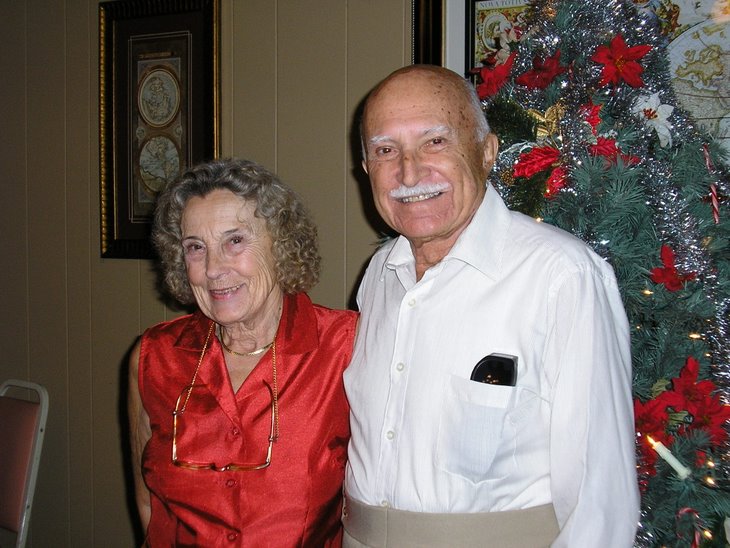http://www.colorvisiontesting.
Try some of these keyboard controls to make your Google map experience a little more keyboard friendly! Arrow keys: Move the map up, down, left or right.
+ key: Zoom in (you can use = instead of + too)
- key: Zoom out
This is a great alternative to dragging around!
Speeding up my mouse
To increase the speed of your mouse, just follow the directions below.
1.) Go to Start, Control Panel and click the Mouse icon.
Now, keep in mind that if you're using the classic view of the Control Panel, you can click on the Mouse icon right away, but if you're in the category view, you'll need to click on Printers and Other Hardware, then Mouse.
2.) Click on the Pointer Options tab and you will see different areas you can experiment with to change the enhancement of your mouse. The first one is for the Motion speed and this is the one you'll want to look at. Under that, an option to "Enhance Pointer Precision" is shown. Uncheck that and you will see right away how much faster your mouse will go.
the task manager in any version of Windows has seen the process “svchost.exe” at one point or another. What's more confusing is that svchost is usually found to have more than one instance! What are they all doing there and just how much of my precious memory are they wasting?
Svchost is kind of a catch-all. It is used to host multiple services within one process. This helps to actually conserve memory in your system by having one process govern many. Stuff like Windows Update, the Event Log, Audio Services and bunches of other programs, processes and a the like are all found under the svchost umbrella.
If you want to identify what services are using svchost there are a couple of different ways.
In Windows XP:
Open a Command Prompt and type “tasklist /svc”, minus the quotes. This will bring up a list of what processes are running under svchost, so you can see how important it is.
In Windows Vista:
No need to open a Command Prompt here. Just open task manager, click on the “processes” tab and make sure the checkbox that says “Show processes from all users” is checked. Next, Right-Click on any of the svchost processes and select “Go to Services”. There they are, every item that uses a process which you now know more about!
http://www.colorvisiontesting.
Now, I can't believe that out of the thousands of computer tips that this one has been overlooked for so long! Say you're tooling along, writing, doing graphics or whatever and you make a mistake. What do you do? That's right, hit Ctrl-Z! That's the “undo” command; the (almost) universal solution for mess-ups and mistakes! So, what about when you want to undo and undo? Just press Ctrl-Y. Yeah, when I say easy, I mean it! This key combination will bring back the mistake you thought you made as quickly as it went away!

No comments:
Post a Comment